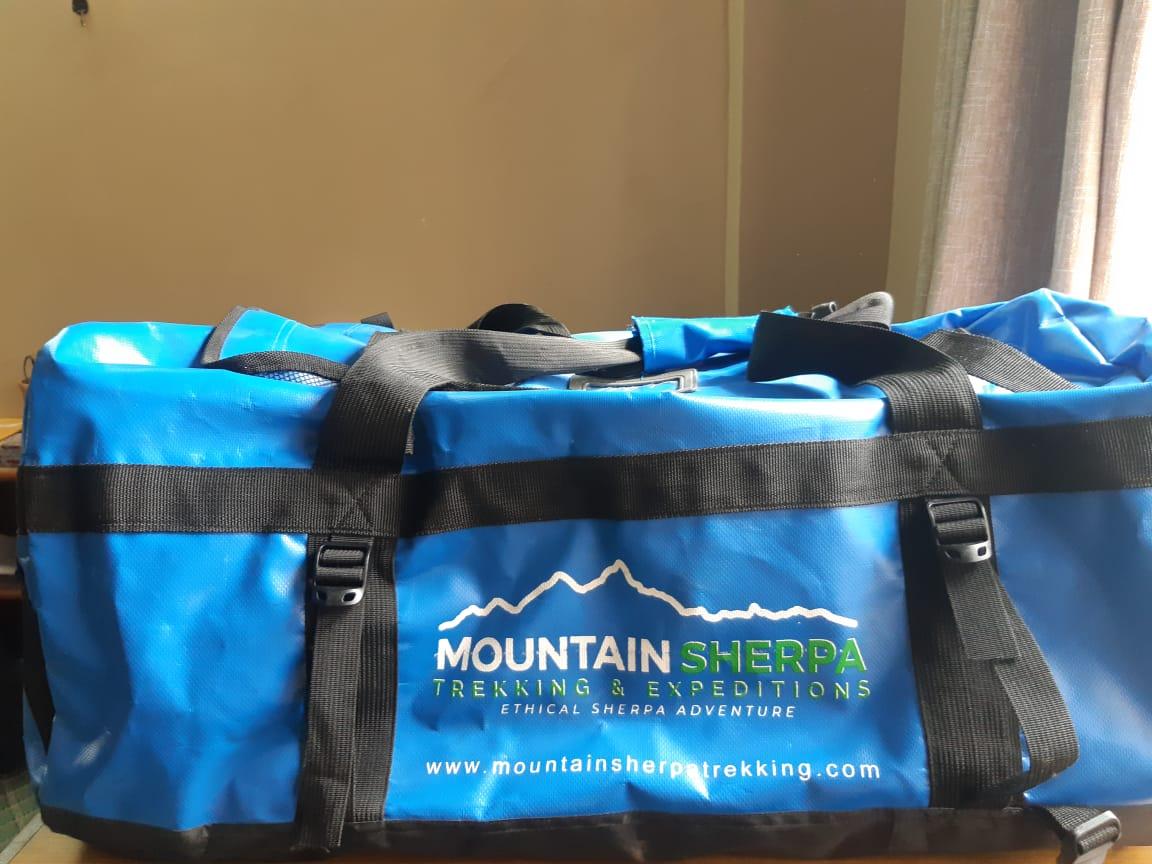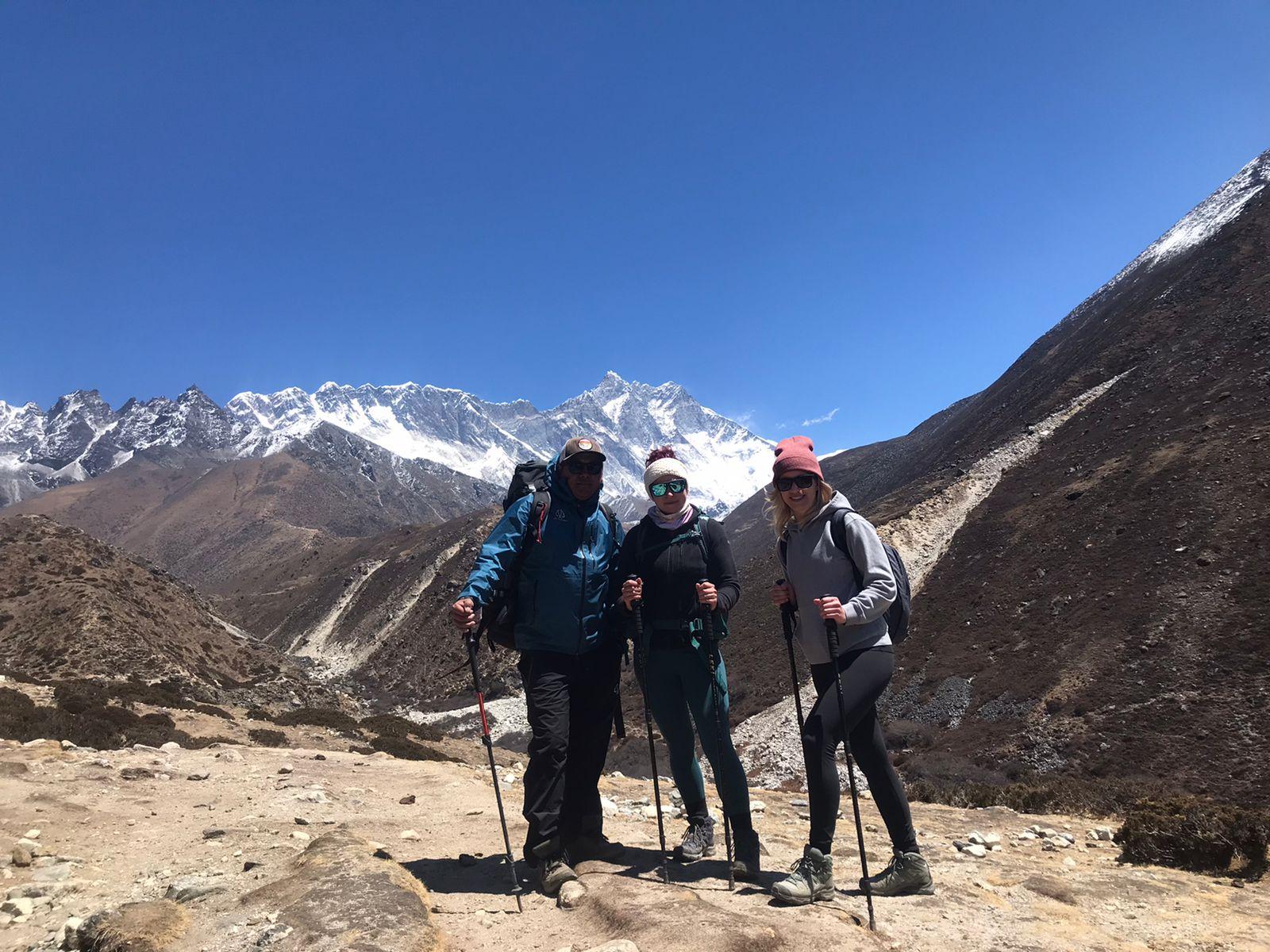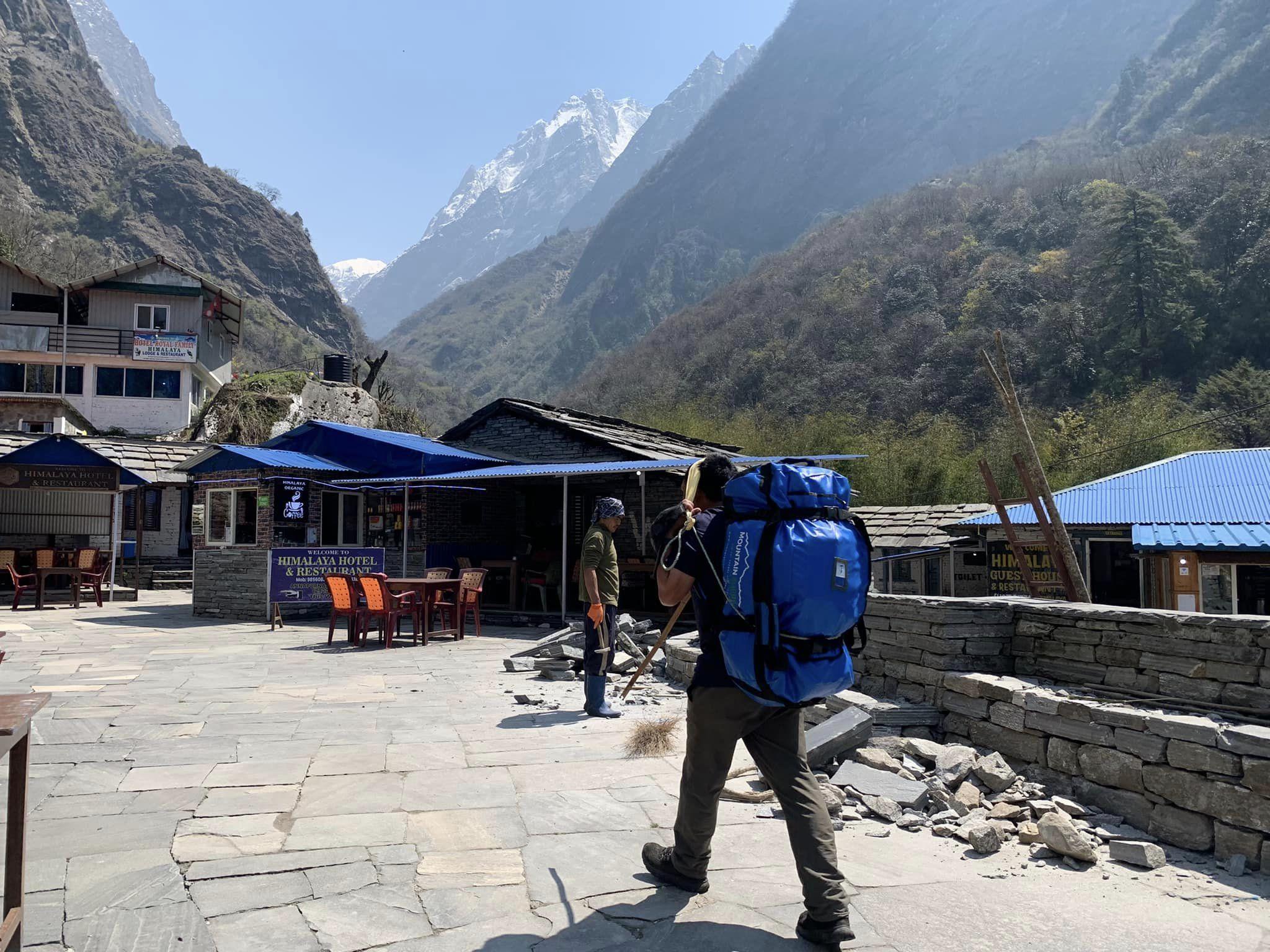-
Pasang Sherpa (Managing Director)
+977-9851060947
Since 1998 15,000+ Happy Guests Sherpa Owned & Operated Company

Everest base camp trek packing list or what to pack for Everest base camp trek
Mountain Sherpa Trekking is a highly reliable and comprehensive Sherpa trekking company in Nepal that offers exceptional services for the Everest Base Camp trek. Mountain Sherpa Trekking provides a range of essential items for your Everest Base Camp trek, including comfortable lodges, delicious meals, sleeping bags, duffel bags, trekking maps, walking poles, water bottles, and down jackets. With their comprehensive offerings, you can enjoy a hassle-free and unforgettable journey through the magnificent landscapes of the Everest region. With their expertise, attention to detail, and commitment to safety, you can confidently embark on this once-in-a-lifetime adventure and immerse yourself in the breathtaking beauty of the Everest region.
Everest base camp trek gear list /Everest base camp trek kit list for 2023

What to Pack for Everest Base Camp Trek
Essential Travel Documents:
On Arrival Visa Fee: 15 Days – 30 USD , 30 Days – 50 USD & 90 Days – 125 USD
When preparing for the Everest Base Camp trek, it's crucial to pack wisely and keep your equipment as lightweight as possible. Aim to limit the weight of your kit bag to a maximum of 15 kg or 33 lbs while trekking. While the provided gear list is a helpful guide, feel free to choose your preferred brands based on your expertise. Additionally, you can conveniently shop for trekking gear and clothing at affordable prices in Thamel, Kathmandu. Rest assured, our experienced Sherpa guide will assist you in finding the best stores and can even accompany you if you wish to make any purchases in Nepal.

Additional Supplies
Basic First Aid Kit :
When preparing your first aid kit for the Everest Base Camp trek, it's essential to include items that can address common ailments and injuries that may occur during the journey. Here are some ideas for your EBC trek first aid kit:
 During your Everest Base Camp trek and other treks in Nepal, Mountain Sherpa Trekking & Expeditions provides a duffel bag for you to pack your clothes and essential items. This duffel bag will be carried by a porter throughout the trek, allowing you to focus on enjoying the journey without the burden of carrying a heavy load.
During your Everest Base Camp trek and other treks in Nepal, Mountain Sherpa Trekking & Expeditions provides a duffel bag for you to pack your clothes and essential items. This duffel bag will be carried by a porter throughout the trek, allowing you to focus on enjoying the journey without the burden of carrying a heavy load.
To ensure convenience and accessibility, it is highly recommended to bring a small day pack where you can carry personal belongings such as your camera, water bottle, sunscreen, and energy bars. This way, you'll have easy access to these items during the trek.
For your convenience, your main suitcase, city clothes, and any extra belongings will be securely stored in Kathmandu at either the hotel or our office. When flying from Kathmandu to Lukla, there is a weight restriction of 15 kg (approximately 33 pounds) per person, including your handbag. To help you stay within this weight limit, we suggest wearing your hiking boots and any heavier clothing items on the plane. Once you arrive in Lukla, you can change and repack as needed.
With this well-organized system in place, you can travel with peace of mind, knowing that your main luggage is safely stored and your trekking essentials are taken care of. Enjoy the trek without the hassle of managing excess baggage, and focus on immersing yourself in the breathtaking beauty of the Everest region.
For any inquiries or questions regarding the best hiking boots or any other aspects of your trek, please don't hesitate to reach out to us. We are here to provide you with expert advice and assistance, ensuring that you have the most suitable gear for your Everest Base Camp trek or any other hiking adventure in Nepal. Contact us, and our knowledgeable team will be more than happy to help you make informed decisions and address any concerns you may have. Your comfort and satisfaction are our top priorities.

E-mail: info@mountainsherpatrekking.com
![]()
Write us to on WhatsApp: +977-9851060947